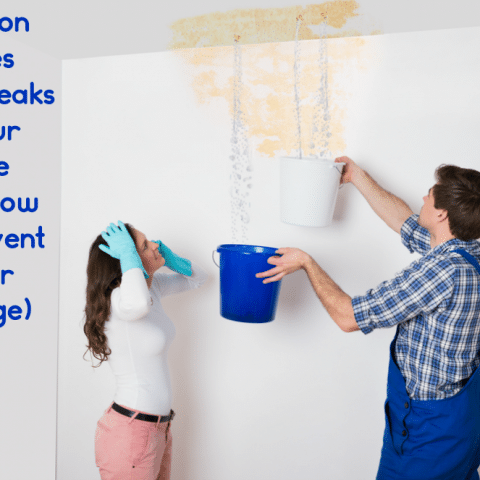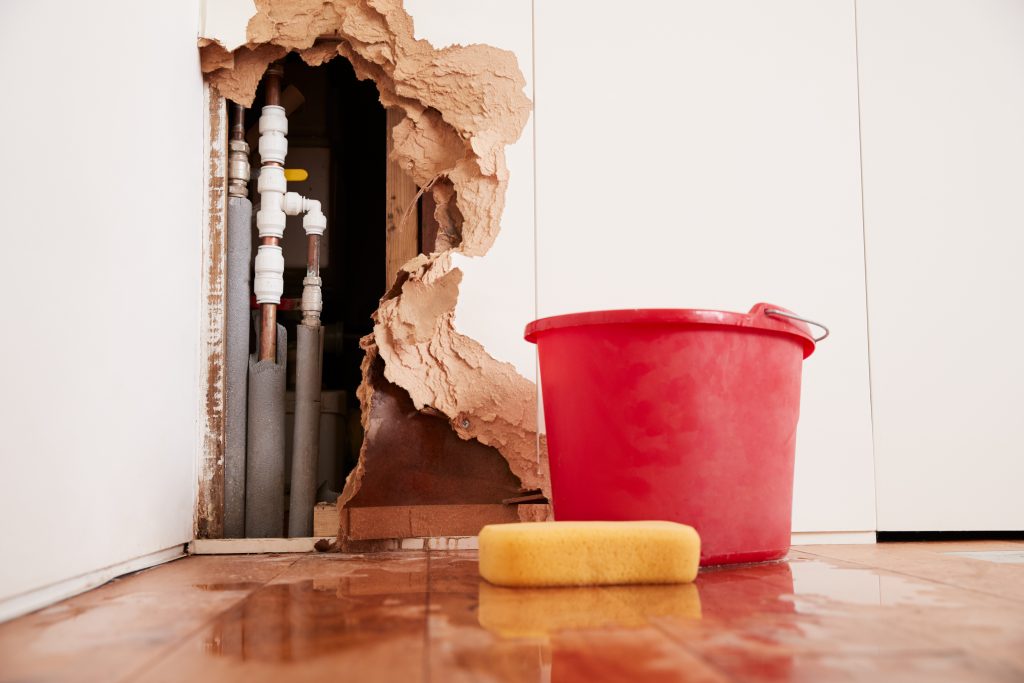6 Ways to Find Concealed Water Leaks in Your Residence
6 Ways to Find Concealed Water Leaks in Your Residence
Blog Article
The publisher is making a few good pointers relating to Hacks to detect leaks as a whole in the content below.

Early detection of dripping water lines can reduce a potential disaster. Some small water leaks might not be visible.
1. Take A Look At the Water Meter
Every house has a water meter. Inspecting it is a guaranteed manner in which aids you discover leaks. For starters, switch off all the water sources. Make sure no person will purge, make use of the faucet, shower, run the cleaning equipment or dishwashing machine. From there, go to the meter and also watch if it will certainly transform. Since no one is using it, there should be no activities. That indicates a fast-moving leakage if it relocates. If you discover no changes, wait an hour or two and also check back once again. This means you may have a slow-moving leakage that could also be underground.
2. Examine Water Consumption
If you find abrupt changes, in spite of your intake being the same, it suggests that you have leakages in your plumbing system. An abrupt spike in your expense indicates a fast-moving leakage.
On the other hand, a constant boost monthly, despite having the exact same routines, shows you have a slow-moving leak that's also slowly escalating. Call a plumber to thoroughly examine your building, especially if you feel a cozy area on your flooring with piping underneath.
3. Do a Food Coloring Examination
30% comes from toilets when it comes to water consumption. Examination to see if they are running effectively. Decline specks of food color in the container and also wait 10 minutes. If the shade somehow infiltrates your bowl throughout that time without flushing, there's a leak between the tank as well as bowl.
4. Asses Exterior Lines
Do not forget to check your outside water lines also. Should water seep out of the link, you have a loosened rubber gasket. One small leakage can waste heaps of water as well as surge your water expense.
5. Examine the scenario and examine
Property owners must make it a behavior to check under the sink counters and also inside cupboards for any kind of bad odor or mold and mildew growth. These two warnings indicate a leak so prompt interest is needed. Doing routine examinations, also bi-annually, can conserve you from a major problem.
If you know your house is already old, maintain a watchful eye on your heating units, pipes, pipes etc. Check for stainings and also damaging as most home appliances and pipes have a life span. They will also naturally weaken as a result of tear and also put on. If you think dripping water lines in your plumbing system, do not wait for it to intensify. Call a specialist plumber right now so you don't end up with an awful mess in your home.
Early detection of dripping water lines can minimize a potential calamity. Some tiny water leakages might not be visible. Examining it is a guaranteed means that helps you discover leaks. One little leak can throw away bunches of water and increase your water bill.
If you suspect leaking water lines in your plumbing system, don't wait for it to escalate.
How to Know If Your Home Has a Hidden Leak
Water Meter Reveals Inexplicable Water Usage
If you’d like to test whether or not there’s a leak somewhere in your home, you can do this using your water meter. Here is how to conduct the test:
Don’t use any water in your home for at least 30 minutes; this also means not turning on faucets or water-using appliances.
Go outside, and check your water meter for activity.
If your water meter shows that there was activity, even though no one was using any water, this proves that there is a leak in your home.Visible Mold or Mildew Growth
Leaks behind walls create moist, dark environments that allow mold and mildew to grow and thrive. Eventually, you might see mold growth forming on the wall closest to a hidden leak.
If mold is growing in an area that receives a high amount of moisture, such as a bathroom, it may simply be an indication that better ventilation is needed. However, if you see mold growth on a wall or the ceiling in an area where you would not expect, you probably have a hidden leak.
Musty, Mildew Odor
Sometimes you might not be able to see the mold or mildew that is growing as a result of a leak. However, the smell can give the problem away just as easily. If you catch a whiff of something musty, there’s a good chance that old water is collecting somewhere in your home that you can’t see.
Stained/Warped Walls, Ceilings, or Floors
When your home soaks up water, a variety of red flags can become visible, including ceiling stains, bubbling drywall, warped walls, and sagging floors. While these issues can be caused by excess humidity, they can also be signs that a pipe or plumbing connection has started leaking behind your walls.
Inexplicably High Water Bill
After a while, you get a general sense for what your water bill should be. If you own a pool or sprinkler system, your bill will tend to be higher during summer. However, if you receive a water bill that seems especially high, and you can’t figure out what caused it, then you may have a hidden leak somewhere that’s increasing your bill.
https://www.plumbingjoint.com/blog/2019/july/how-to-know-if-your-home-has-a-hidden-leak/

I am just very drawn to Finding hidden leaks and I'm hoping you appreciated my page. Sharing is nice. You just don't know, you will be helping someone out. Thanks a bunch for your time. Visit again soon.
Report this page